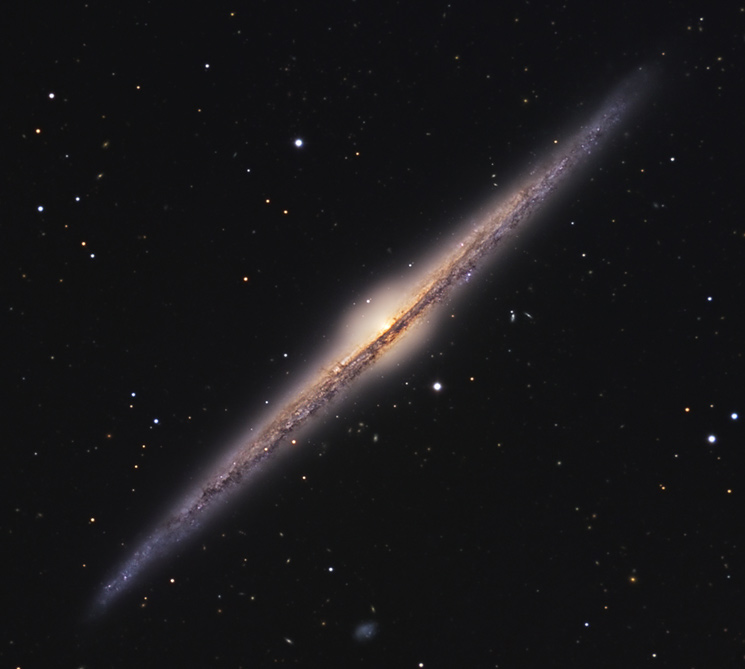Hi

Thank you Voija Risa, yes it made sense a lot. If you learned French in high school

and for 3 years, so you speak very well.
Actually, I think it is easier to understand technical terms, in a language which is not our native language, than to express oneself directly in this foreign language.
Indeed, most of the time, there are similarities, analogies, between technical terms from French to English, and vice-versa (ex: cones=cônes, although rods=bâtonnets).
However, what I write there is wrong, if we compare Indo-European languages with Chinese, or with Russian, for instance

Thank you a lot Chris. I understand so better now!
It is funny, because I have the impression I have the law you speak about, isn't it: Brightness=Intensity/(4*Pi*d*d) ? This one is in my little workbook of "introduction to astronomy", and it seemed so logical to me... while I needed to read, again and again, your sentence "they don't get brighter as you get closer", because it was shocking my intuition!
Are words more powerful than math, sometimes, to understand physics? Math need abstraction, but words too because words need concepts... Maybe I understand the law better, because we were thinking about traveling into a nebula

This is imagination, while images are more direct representations into our minds.
Chris Peterson wrote: While a very good eye might be about ten times more sensitive than our eyes (by making use of every photon, instead of just one in ten), the only way to get better beyond that would be to have a long integration time.
So when ten photons come to us, we just receive one in ten… I remember Voija Risa said there were rods and cones in our eyes, why do they work only for one photon out of ten?
Chris Peterson wrote: A biologic eye could do that, but it would be at the expense of seeing things move rapidly. So whether an eye like that would evolve is an interesting question. Certainly not in an environment with fast prey, or fast predators!
Yes, indeed!! This is deeply interesting...
Cats are able to hunt by night. They are very quick, while the moonlight is very faint... Of course, they don't see far away like owls. Moreover, I doubt neither

nor cats could see colors in the darkness, because I believe they just detect motion. So I don’t think my cat could detect the motion of a nebula, or I should introduce her to the scientific community as soon as possible!!!
Have a very good day

Céline

"The cure for all the sickness and mistakes, for all the concerns and the sorrow and the crimes of the humanity, lies in the word "Love". It is the divine vitality which from everywhere makes and restores the life". Lydia Maria Child



